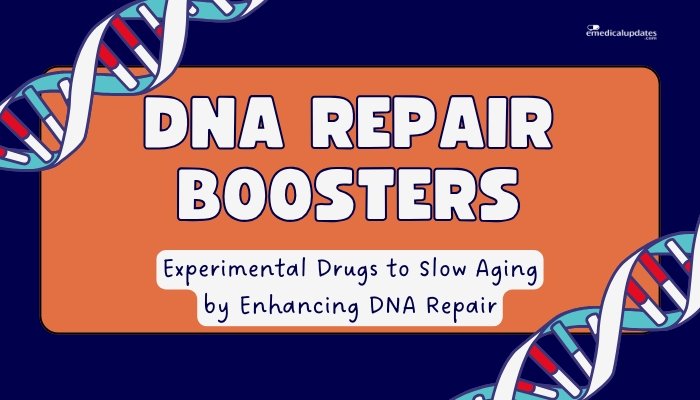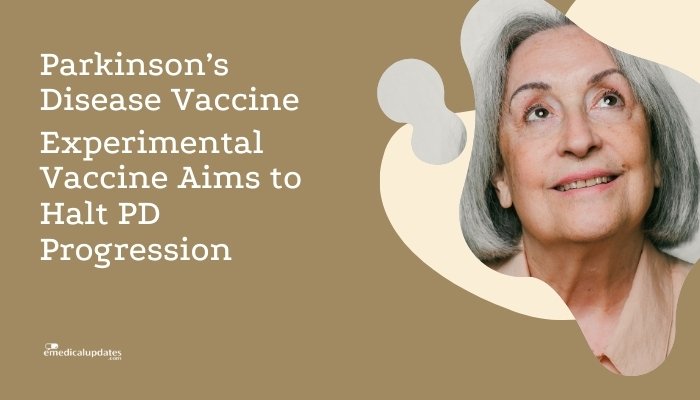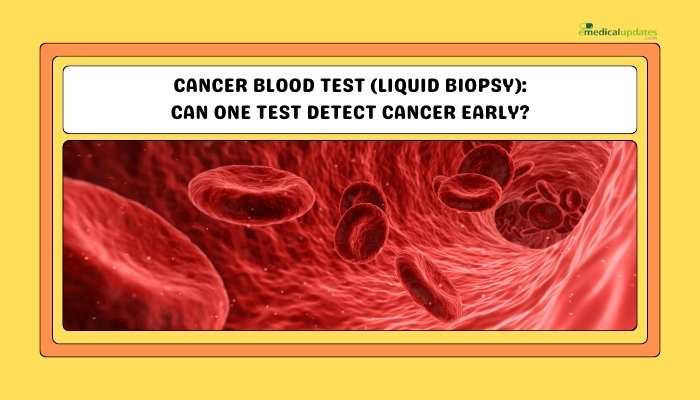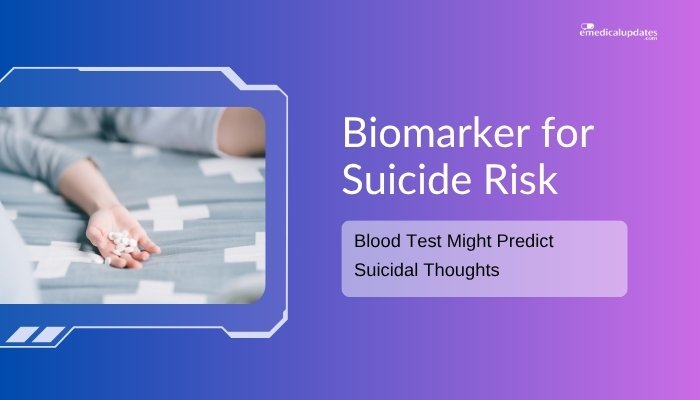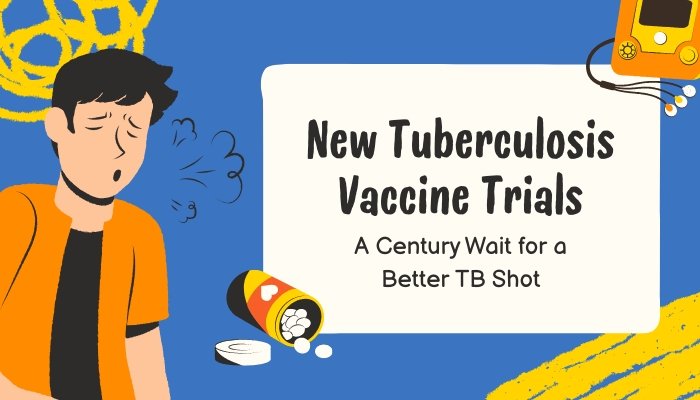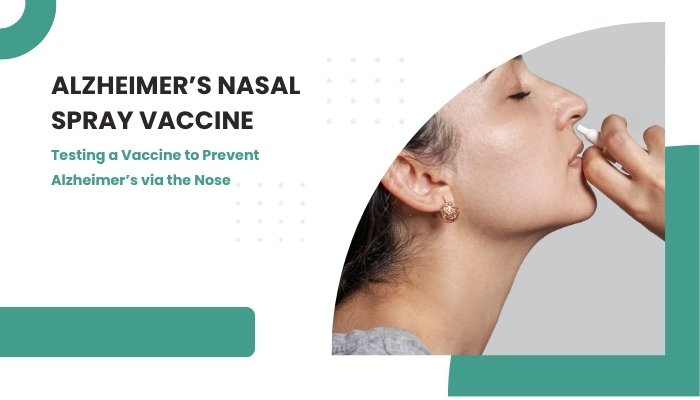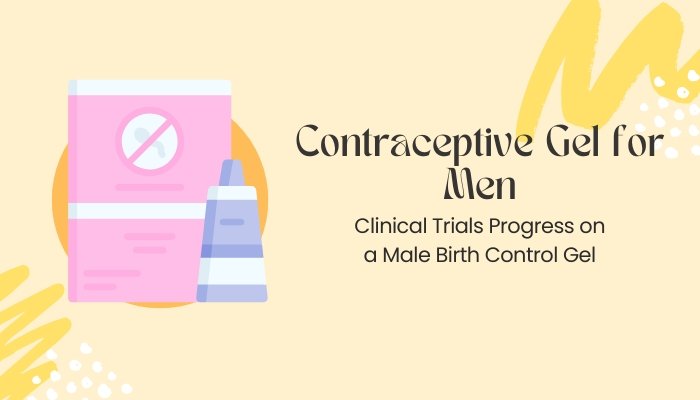Introduction
Damage to our DNA accumulates over time, fueling the aging process and contributing to age-related diseases. From ultraviolet radiation to oxidative stress, day-to-day insults gradually overwhelm our natural DNA repair systems.
Now, emerging DNA repair boosters—molecules or drugs—aim to enhance the body’s repair pathways, potentially slowing aging and warding off degenerative conditions. In this article, we explore how these experimental therapies work, their current stage of research, and whether they might eventually help us live healthier, longer lives.
The Role of DNA Damage in Aging
DNA’s Vulnerability
Cells can experience millions of DNA lesions daily—from errors in replication to external environmental factors:
- Oxidative Stress: Reactive oxygen species can break DNA strands or cause base mutations.
- Ultraviolet Exposure: UV radiation leads to thymine dimers in skin cells.
- Metabolic Byproducts: Normal cellular processes can produce byproducts that disrupt genetic stability.
DNA Repair Mechanisms
The body employs several pathways to correct or remove damaged DNA:
- Nucleotide Excision Repair (NER): Fixes bulky lesions like UV-induced thymine dimers.
- Base Excision Repair (BER): Handles small, non-bulky damage such as oxidized bases.
- Mismatch Repair (MMR): Corrects replication errors.
- Double-Strand Break Repair (DSBR): Encompassing homologous recombination or non-homologous end joining.
When these pathways falter—whether due to aging, genetic predispositions, or lifestyle factors—the risk of cancer, neurodegeneration, and other age-related diseases rises.
What Are DNA Repair Boosters?
Mechanism of Action
DNA repair boosters typically upregulate or stabilize proteins involved in critical repair pathways. Approaches include:
- Enzyme Co-Factors: Nutrient-based molecules that support repair enzyme function.
- Signaling Pathway Activators: Compounds that enhance expression of DNA repair genes (e.g., activating sirtuins or PARP).
- Direct Enzyme Stimulation: Some compounds may bind directly to repair enzymes, increasing their efficiency.
Early Drug Candidates
- PARP Enhancers: Instead of inhibiting PARP (a strategy for certain cancers), some molecules aim to optimize its action in normal cells.
- Sirtuin Activators: Sirtuins are linked to longevity in animal models; certain compounds (like resveratrol analogs) might indirectly enhance DNA repair capacity.
Animal Studies and Early Results
Longevity in Model Organisms
Experiments in yeast, worms, and mice reveal:
- Extended Lifespan: Strains receiving DNA repair–enhancing molecules or gene modifications often live longer.
- Lower Disease Incidence: Fewer tumors or slower neurodegenerative changes.
- Improved Physical and Cognitive Functions: Indications that older animals maintain agility or mental acuity better.
Safety and Trade-Offs
While boosting DNA repair is beneficial, overactivation might trigger unanticipated pathways or stress. Comprehensive testing is needed to confirm minimal risk of hyperproliferation or other side effects.
Potential Benefits for Human Aging
- Reduced Cancer Risk: Minimizing unrepaired damage that leads to mutations and tumors.
- Better Cellular Function: By preserving genome integrity, tissues might remain healthier as we age.
- Delaying Onset of Age-Related Diseases: Neurodegenerative conditions, cardiovascular disease, and more might be postponed if DNA integrity is maintained.
Challenges and Considerations
Complexity of Aging
Aging results from numerous processes—not just DNA damage. Even robust DNA repair might not fix other age-related mechanisms like telomere attrition, epigenetic drift, or protein misfolding. Real-world results may be partial.
Specificity and Long-Term Safety
A drug that supercharges a repair pathway must ensure it doesn’t inadvertently accelerate cell proliferation or hamper normal cell signaling. Overly aggressive repair might lead to undesired outcomes in the complex genomic environment.
Regulatory and Ethical Aspects
Claims to “slow aging” can be controversial and face rigorous regulatory scrutiny. Additionally, concerns about health equity arise if these therapies become expensive longevity aids for the privileged.
Future Directions
Larger Human Trials
Pilot studies in healthy volunteers or older adults at risk of age-related diseases may test these compounds, measuring biomarkers of DNA damage, cellular senescence, and functional outcomes (like cognitive or mobility tests).
Personalized Approaches
Individuals differ in baseline DNA repair capacity, driven by genetic variations. Personalized dosing or agent choice might be crucial to optimize benefits or reduce side effects. Pharmacogenomics could help refine therapy to each patient’s genotype.
Combination with Other Anti-Aging Modalities
Synergy may be found combining DNA repair boosters with:
- Caloric Restriction Mimetics: Molecules that replicate the anti-aging effects of fasting.
- Senolytic Drugs: Clearing senescent cells that produce inflammatory factors.
- Stem Cell Rejuvenation: Encouraging tissue repair from within.
Frequently Asked Questions
- Are these drugs available now for anti-aging?
- Most are in preclinical or early trial stages. Over-the-counter products claiming “DNA repair benefits” typically lack robust evidence.
- Will they truly make people live longer?
- Animal data is promising, but human longevity extends can’t be confirmed until long-term trials conclude. Gains may come from reduced disease rather than indefinite life extension.
- Do they cure diseases like cancer?
- Strengthening DNA repair might lower cancer risk, but these are not direct anti-cancer cures. Malignant cells have complex ways to avoid immune detection and treatments.
- What about simpler ways to support DNA repair?
- Lifestyle factors like consistent sleep, a balanced diet, minimal processed foods, not smoking, and managing stress can bolster natural repair processes.
- Are side effects possible?
- Potentially. Over-stimulation of repair or messing with cellular pathways can lead to unknown effects. Detailed study is ongoing.
Conclusion
The idea of DNA repair boosters harnesses a fundamental insight: that aging and many age-related diseases track back to gradual genomic damage. By enhancing or stabilizing the body’s natural repair machinery, these experimental drugs aim to slow aging processes and reduce the incidence of cancer or degenerative diseases. Early data from animal studies highlight extended lifespans and improved organ function, fueling hope that eventually, humans might benefit from similar interventions.
Still, caution is essential: over-promising results or misusing the label of “anti-aging” can overshadow the rigorous research needed to assess safety and actual lifespan or healthspan improvements in humans. In the years ahead, as clinical trials expand, these DNA repair–enhancing agents may join the next wave of longevity therapies—providing one piece of the puzzle in the complex pursuit of living healthier for longer.
References
-
de Magalhães JP, Church GM. (2020). “Genomic stability and aging: reinforcing DNA repair.” Nat Rev Genet.
-
Gorbunova V, et al. (2019). “DNA repair, aging, and the synergy for extended lifespan in model organisms.” Science.
-
Sinclair D. (2022). “Molecular pathways of longevity: from sirtuins to DNA repair boosters.” Cell.
-
FDA. (2023). “Regulatory considerations for novel anti-aging therapies.”

